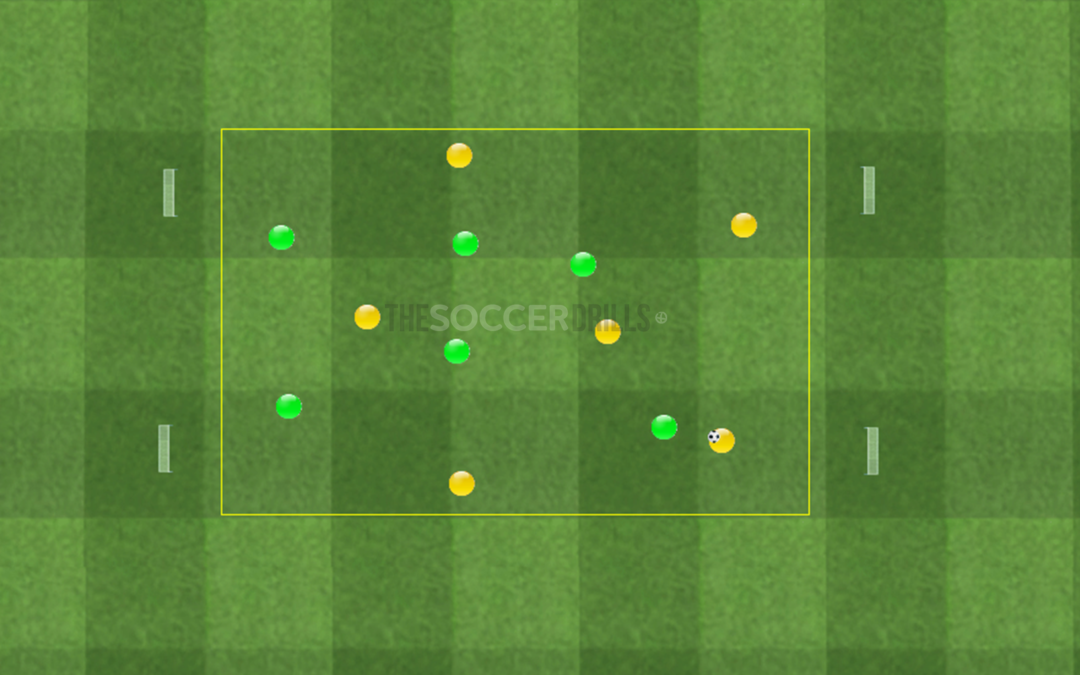
Double Box: Fast Transitions
To be fast but not rushing! This is a provocation rule which will improve the decision making in order to adapt the pace and the game speed.

To be fast but not rushing! This is a provocation rule which will improve the decision making in order to adapt the pace and the game speed.

To attack a team that has already came back in shape and uses the counterattack as their way of attacking. High level of learning in vigilances and in offensive and defensive transitions.

Individual challenges and basic offensive and defensive micro-associations

The fact of facing offensive freedom (continuous decision making) to two defensive lines will develop multiple defensive tactical concepts

To get quickly to the player with the ball will help us winning the ball back easier. To do this, we will need to be good at defensive vigilances. We will practice them constantly in this drill.

To defend the central lane is key, and, to orientate the rival so he can just play at the side generates an advantage in order to get the ball back.

To identify superiority and inferiority for a right and quick decision making both offensively and defensively is a really fun drill for all ages.

The objective is to move from the creation zone to the finishing zone. To avoid that the rivals could send the ball to your defenders back.

Since regularly, all the rondos are played in a high pace, is it possible to practice a tactical rondo in which you work both the change of pace and the high and low pace? It is definitely possible if we include a small modification in the structure so our players can make decisions about the pace of the game.

The creation of triangles and diamonds to attack is an obsession for some coaches (Guardiola, Nagelsmann…), here you can find a partial structure that will help your players to encourage that positioning.